Hinduism
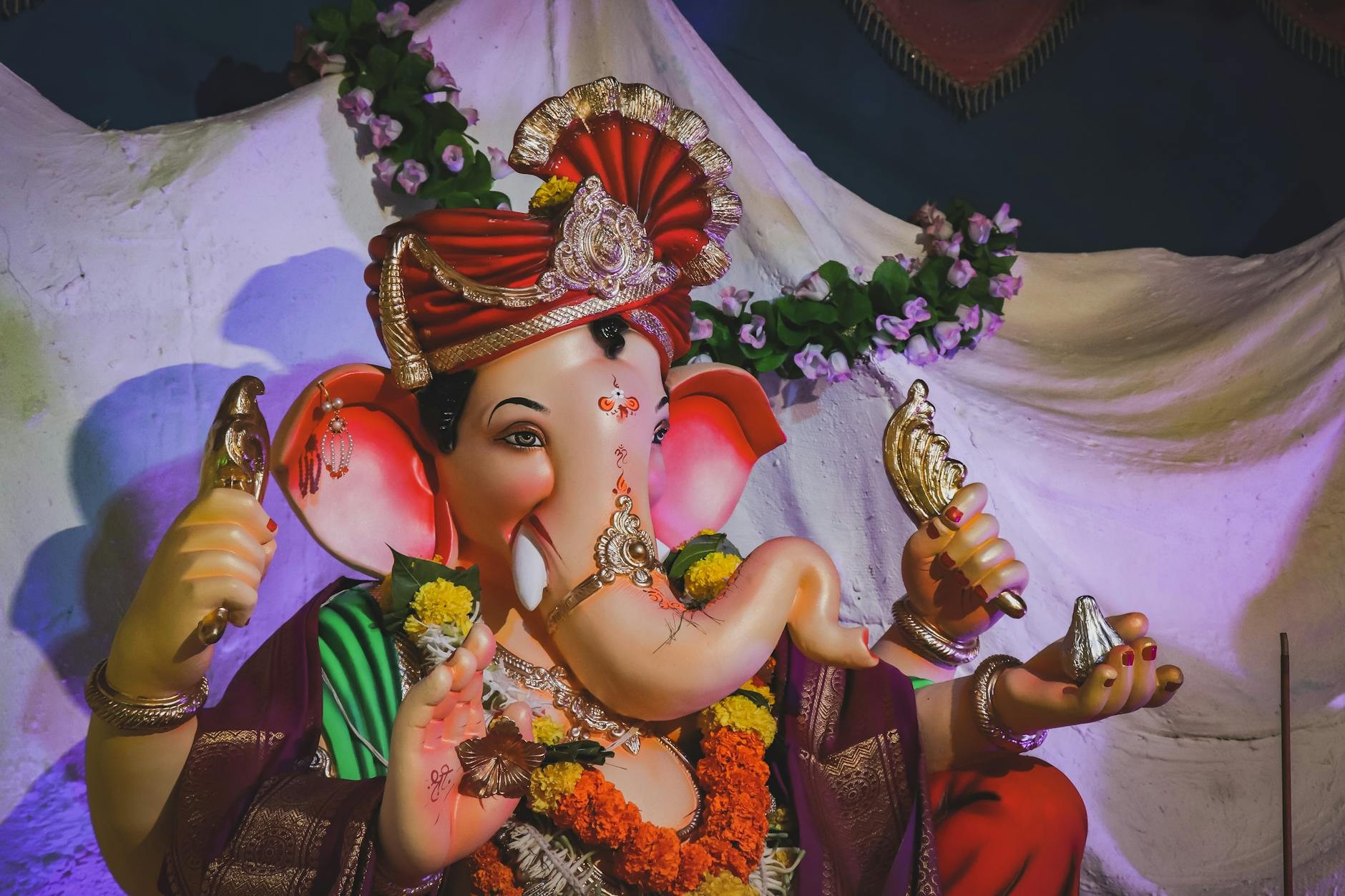
Hinduism is one of the world’s oldest religions. It is the most scientific and Spiritual religion that lays the foundation of human life and consciousness. With its tapestry of beliefs, deities, mythology, concepts, roots, philosophies, and spiritual approaches, it has astonished the whole world.
From the ages, Hinduism continues to captivate and intrigue. If you want to understand core of this religion, its evolution, practices, beliefs, principles, sacred text and philosophy then please join us to explore these dimensions of Hinduism. Whether you are a curious newcomer or a life long practitioner, our in-depth study and verified facts will make your journey of Hinduism an exciting one.
Origins and History of Hinduism

Ancient roots in the Indus Valley Civilization
To be honest, we cannot have any specific date or era when Hinduism or Sanatan dharma started. As there is no founder or messenger of this religion. This religion is not founded by any human or avatar.
It is believed to be in existence from an enternal time with no beginning or end. Still, we talk about its origions from where we got to know about Hinduism, it can be tracked back to ancient Indus Civilization that flourished around 3300- 1300 BCE in the northwestern part of Indian Subcontinent. Archaeological evidences that are collected from sites like Harappa and Mohenjo-daro reveal very beautiful and sophisticated urban planning also showed religious practices that were influenced by Hindu beliefs.
Key highlights of the Indus Valley Civilization that relate to Hinduism include:
![]() Ritualistic bathing in public baths, indicating a precursor to purification rituals
Ritualistic bathing in public baths, indicating a precursor to purification rituals
Animal figurines or statues suggesting early forms of animal worship
Depictions of figures in yoga postures
Seals featuring Shiva imagery
| Practices | Indus Valley Civilization Findings | Modern Hinduism Practices |
| Ritual Bathing | Public baths | Sacred river bathing |
| Iconography | Animal figurines, proto-Shiva seals | Diverse deity representations |
| Yoga | Meditative postures in artifacts | Integral spiritual practice |
| Aspect | Indus Valley Civilization | Modern Hinduism |
| Urban Planning | Grid-like cities with drainage systems | Temple-centered town layouts |
Development of Vedic traditions
As the time moved on, Indus Vally Civilization started declining, after its decline, Vedic Period emerged. Vedic period was characterized by composition of Vedas and some other important and sacred Hinu/Sanatan texts. This era pf Vedic period spanned roughly 1500-500 BCE, it witnessed the development of some crucial concepts that would become fundamental to Hinduism.
Following are some examples:-
-
- Yajna- Sacred Ritualistic fire sacrifices
- Dharma – Concept of cosmic order, and duty
- Karma :- Action and its results
- Samsara – Reincarnation
Core Beliefs and Concepts
A. Ancient Roots in the Indus Valley Civilization
History of Civilization in India subcontinent dates back to period between 3300-1300 BCE which is also one of the oldest civilizations on the planet. During this time only, core practices, beliefs and custom of Hindu religion developed.
There is a good number of archaeological evidences show that in sites like Mohenjo-Daro and Harappa there were many spiritual and religious aspects. It shows the presence and practices of Hinduism.
Following are the features that show presence of Sanatan/ Hiduism in the Indus Valley Civilization:-
– Public Baths also called rituals bathing that would later evolve into purification ceremony in Sanatan or Hindu culture.
– Figures of animals that were worshipped in that time, even today many lords in Hinduism are shown in the form of Animal avatars and it also aligns with Hindu philosophy that says atman in every creature.
– Figures of humans involved in Yoga.
– Figures or photo like images of lord Shiva.
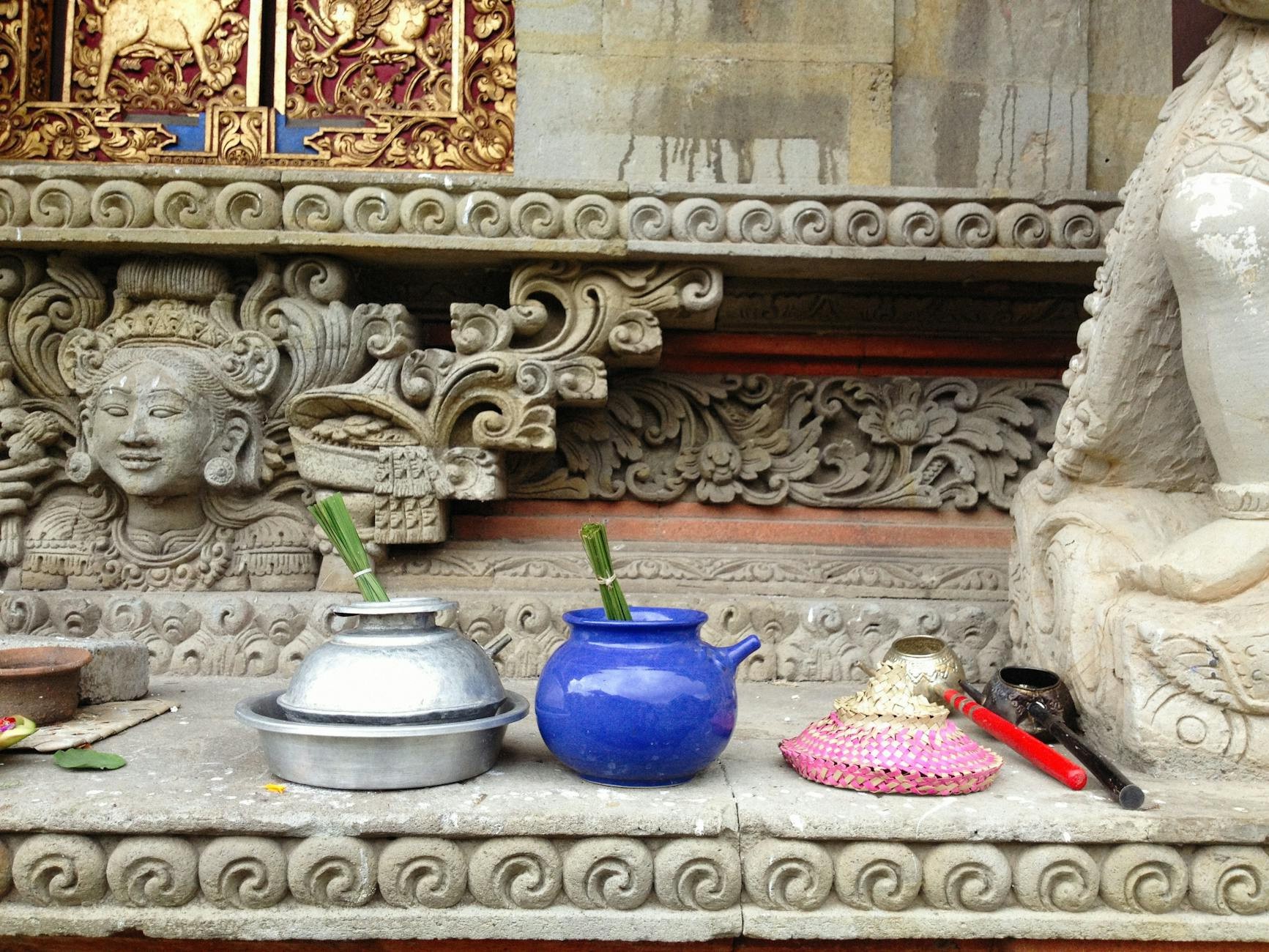
The Concept of Brahman and Atman in Hinduism
Hindu philosophy is founded on core concepts like Brahman which means ultimate reality and supreme cosmic spirit. Brahman is understood as eternal ,infinite, and all-encompassing essence of the whole universe and there is another concept of Atman that is very closely related to Brahman. Atman represents the individual soul or self.
The relationship between Brahman and Atman can be described using the following analogy:
If Brahman is Ocean then Atman is like a wave of that ocean.
If Brahman is the Sun then Atman is like a ray of that sun
If Brahman is fire and Atman is like a spark of fire.
It illustrates the interconnection between Brahman and Atman. It also proves that Atman is nothing but very much part of Brahman.
Karma and reincarnation
Karma is one of the fundamental principles of Hinduism, refers to law of Cause and Effect both in physical and spiritual realms. You have to bear the consequences of your karma – actions if your karma are not good and if your karma (action) is good then you will have fruit (good result) of your karma. There is a concept related to it called Samasara- which means incarnation or the cycle of rebirth. It is cycle of life and death, it is a vicious cycle that keeps on occurring until Moksh- Salvation is attained.
Actions in one life affect next life.
Good actions lead to positive oucomes.
Negative or bad actions result in bad results.
The cycle of life and death continues until moksha is attaind.
Dharma and cosmic order
Dharma means set of the eternal laws that govern the whole universe. It mentions moral and ethical duties to be followed by individuals to attain moksha. It encompasses the definition and understanding of Universal truth which is ultimate. It also mentions the way Karma (actions) that are followed by Dharma (duties). How an individual should focus on and follow and what should be avoided and rejected in life. All the teachings of Hinduism are in cosmic harmony.
Pursuit of moksha
Moksha, the ultimate purpose of an individual life. It refers to the liberation from the vicious cycle of life and birth cycle. The state of enlightenment is achieved in one’s life when he treats sorrow and happiness equally. He is filled with compassion, stability and peace. He is stays in the world, involved in all worldly affairs but does not attach with them.
There are some ways he/she should follow:-
- Read, understand and implement sacred texts of Hinduism like Vedant, Shrimad Bhagwat Gita.
- Detachment from the relations and no expectations.
- Full of compassion and heading towards wisdom and not consumption.
- See the brahman in all the conscious creatures and follow non violence.
Major Hindu Deities
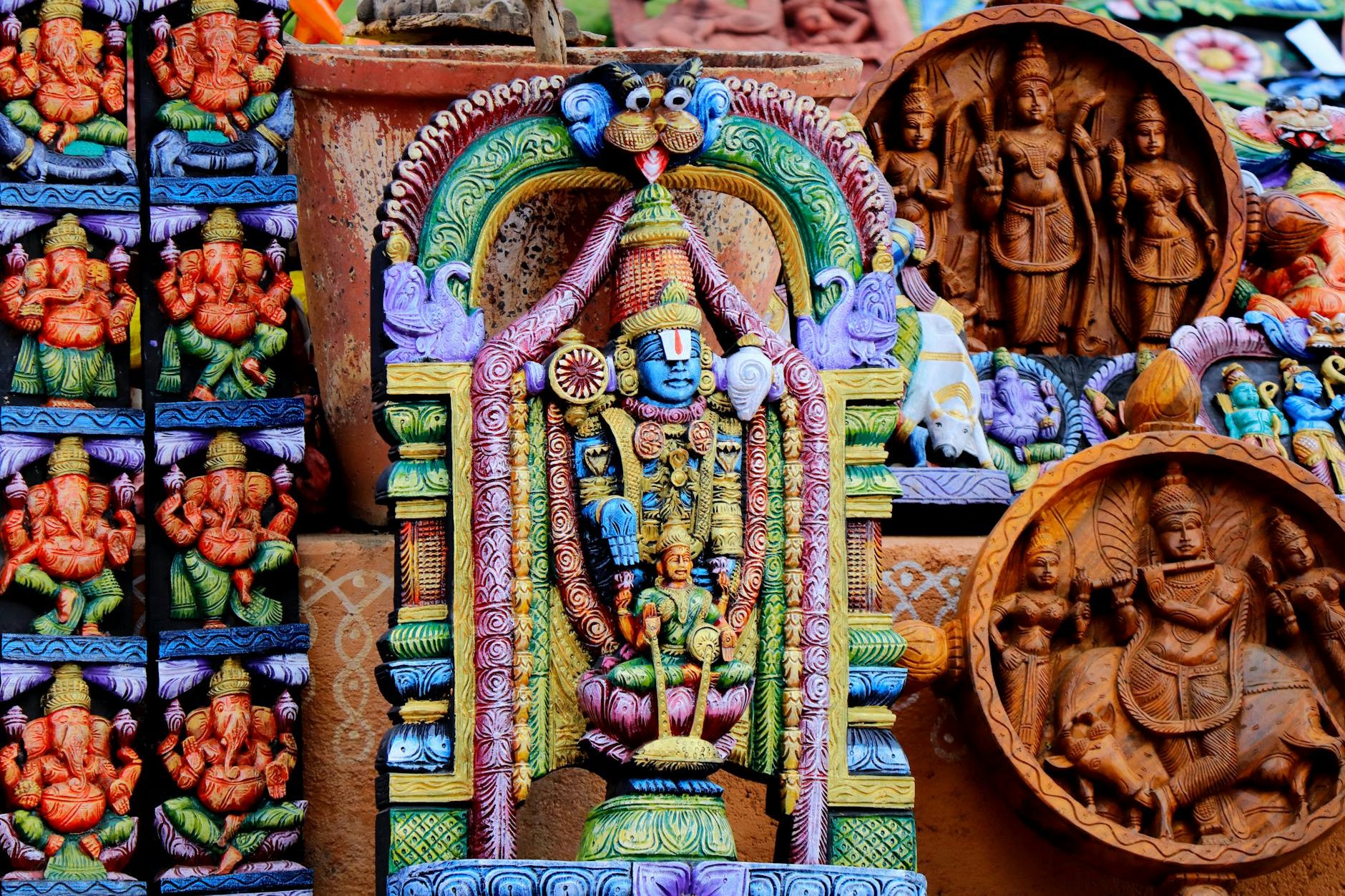
The Trimurti: Brahma, Vishnu, and Shiva
In Hindu mythology, there is only one ultimate truth or Supreme Power that is Brahman. Brahmn is nirakar:- means it has no shape, it is not bounded in shape or form still there is a list of a number of Hindu deties and avatars in this religion. Three main Deties in Hindus are- Tridev. Tridev have three lords one is responsible for creation, another is provider and third one is destroyer.
- Brahma: The Creator
- Vishnu: The Preserver
- Shiva: The Destroyer
| Deity | Role | Symbol |
| Brahma | Creator | Four-faced, sitting on lotus, white attire, holding Vedas |
| Vishnu | Preserver and Provider | Conch shell, yellow attrire, Chakra in hand |
| Shiva | Destructor/Transformator | Third eye on forehead, serpents in neck, meditating and wearing deer skin. |
Goddesses and their significance
In hindu mythology, Huge respect and regards are given to the feminine powers. Feminine powers are worshipped in the form of Shakti. Feminine powers are called “Devi”. She is symbolized with prakriti or nature. There are many stories of Devis.
Some forms and name in Devis/ Goddess are as follows:-
Saraswati: Goddess of knowledge and wisdom.
Lakshmi: Goddess of wealth and prosperity.
Durga: Warrior goddess, protecting against evil.
Kali: Goddess of destruction and time change.
Famous avatars and incarnations
Avatars are manifestations of deities in the human body., Vishnu’s incarnations are the most well-known:
- Rama: Ideal Human and King. Great example of a son and husband.
- Krishna: Extraordinary son, lover, husband, friend and teacher.
- Buddha: Enlightened one.
- Kalki: Future avatar, he is yet to come as mentioned in the text.
Regional and local deities
Hinduism is originated from India and India has a vast diversity of the culture. Languages and custom also keep changing every 50s or 100s kilometers so religion has vast array of regional and local deities, that reflect country’s diverse cultural landscape. These deties have specific roles and they are deeply connected to the regional and local culture and customs. There are mythologies and stories at local or regional level for these deties or demi gods.
Sacred Texts and Scriptures

The Vedas: foundation of Hindu philosophy
The Vedas are the most sacred and important text in Hinduism that form the bedrock of hindu or Santan philosophy. Vedas are the source of spiritual knowledge. These are ancient scriptures and believed to be revealed by divine. They are considered the supreme source on spiritual matters.
Structure of the Vedas
The Vedas are collected into four categories:-
-
- Rig Veda: Rig Veda contains Hymns and mantras
- Sama Veda: Sama Veda contains Melodies and chants
- Yajur Veda: Yajur veda is collection of Ritual formulas
- Atharva Veda: Athrava Veda contains Spells and incantations
Each Veda is further divided into four parts:
| Name | Description |
| Samhitas | Collection of hymns and mantras |
| Brahmanas | Explanations of rituals and ceremonies |
| Aranyakas | Forest treatises for hermits and ascetics |
| Upanishads | Philosophical discussions on the nature of reality |
Upanishads and their teachings
The Upanishads, also known as Vedanta (end of the Vedas), are philosophical texts that explore the deeper meanings behind Vedic rituals and concepts. They focus on the nature of reality, the self, and the ultimate truth.
Key teachings of the Upanishads include:
![]() Brahman: The ultimate reality and source of all existence
Brahman: The ultimate reality and source of all existence
Atman: The individual soul or self
Karma: The law of cause and effect
Moksha: Liberation from the cycle of rebirth
Bhagavad Gita: Divine lessons of Krishna
The Bhagvad Gita often referred as “Gita” is the most famous book or text of Hindu religion. It consists of 700 verses. This book contains the whole conversation between Krishna and Arjun that occurred on the battleground of Mahabharat. This book has divine words of Lord Krishna to reveal the purpose of life and its meaning and how a person should live his/her life.
Hindu Practices and Rituals
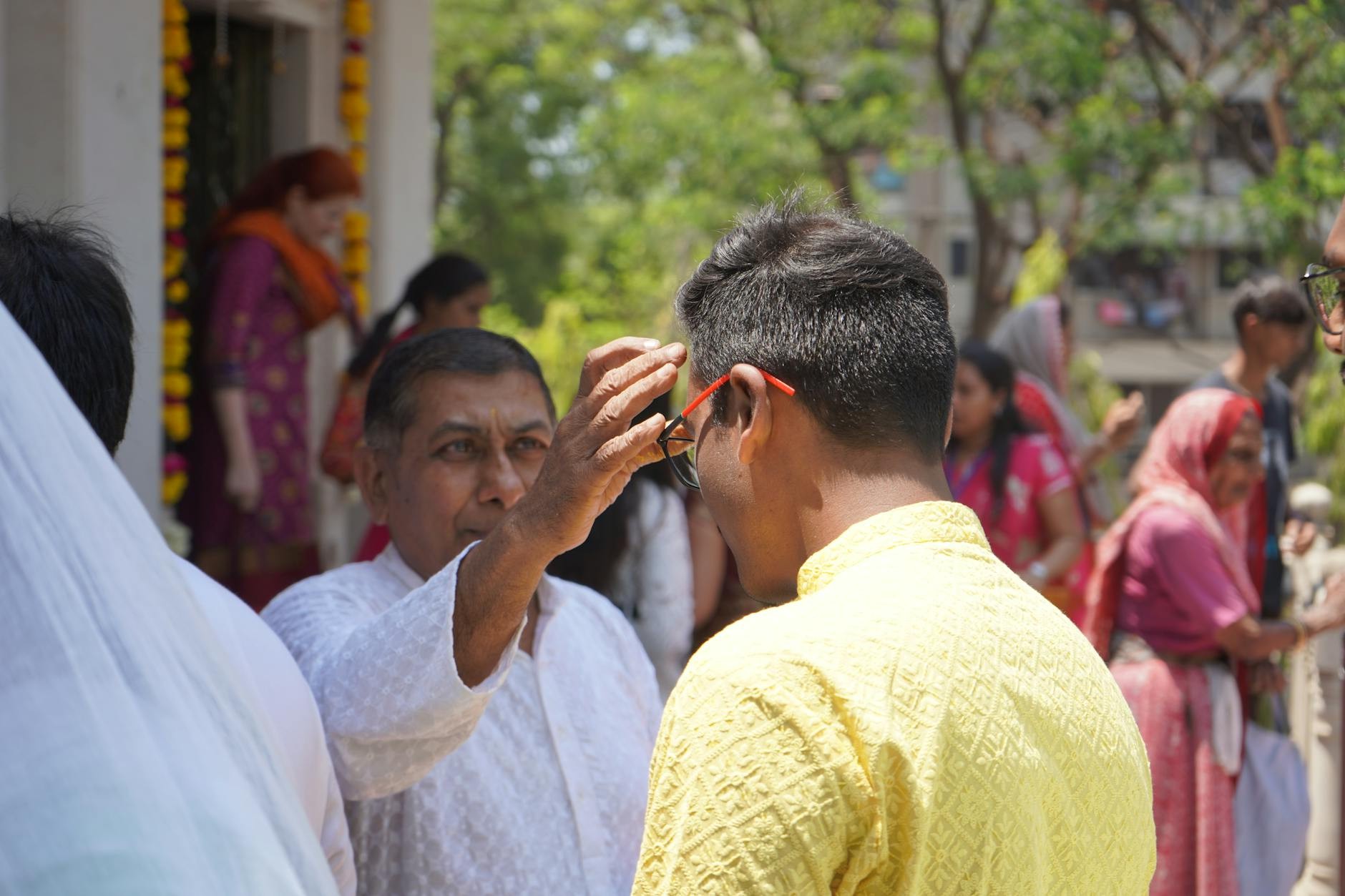
Puja: worship and devotion
Puja, Yagna.havan, satsang and kirtan are the central practices of hindu religion. These are considered sacred and auspicious practices of Hindus. In these practices, god is worshipped, mantras and aartis are recited, prasad is distributed. These practices are devoted to divine powers and purpose is seek blessing There is always a small temple in every household of hindu.
Key elements of Ritual Practices of Hindus are as follows:-
Recitement of Aarti and mantras
Diyas or sacred fire (havan kund)
Tilak on forehead
Worshipping
Prasad distribution
Meditation and yoga
Meditation and Yoga are very integral practices in Hinduism. The purpose of these practices is to achieve spiritual growth and self realization to uplift oneself in worldly and spiritual journey both. These practices offer mental and physical benefits both.
Types of meditation in Hinduism:
-
- Transcendental Meditation
- Kundalini Meditation
- Mindfulness Meditation
The word “Yoga” comes from Sanskrit language that means Union. Union of physical, mental and spiritual aspects of one’s personality. The eight limbs of Yoga as mentioned in Patanjali’s yoga Sutras provide a comprehensive guidelines for spiritual development.
Festivals and celebrations
Hindu Festivals are known globally and celebrated at huge scale. Diwali, Holi, Janmashthmi and Dussahara are some of the most popular festivals. Hindu festivals are vibrant expressions of faith and culture. Every festival has a mythological story and has a moral message for the world.
Schools of Hindu Philosophy
Six major philosophical systems
There are six major philosophical systems in Hinduism known as the Shad Darshanas. These schools of thought provide different perspectives on reality, liberation and self awareness.
Here’s a brief overview of each:
-
- Nyaya: Navya is a Sanskrit word that means nyay means justice. It is about systematically development of the theory of logic. It mentions the gaining of right knowledge.
- Vaisheshika: This school emphasizes on material world and it focuses on the relationship between human being and the environment it is surrounded by and interact with.
- Samkhya: – It mentions the reality divided into two different entities Purush and Prakrti. Purus is the one who witnesses and conscious and prakrii is the one who is perceived by the purus.
- Yoga: It is a philosophy about the union of mind body and sprit.
- Mimamsa:- Mimamsa means investigation. It emphasis on scriptures and vedas. It is closely related to Vedantas.
- Vedanta: Vedanta is conclusion of Vedas. It is investigation of Brahman and Atman.
| School | Main Focus | Key Concept |
| Nyaya | Justice and logic | Right knowledge |
| Vaisheshika | Atomism | Categories of reality |
| Samkhya | Dualism | Purusha and Prakriti |
| Yoga | Mind-body discipline | Eight-limbed path |
| Mimamsa | Vedic exegesis | Dharma through rituals |
| Vedanta | Non-dualism | Brahman as ultimate reality |
Advaita Vedanta and non-dualism
Adaivita Vedanta popularized by Adi Shankracharya is one of the most impactful thought of schools of Hindu philosophy. It mentions Non- Dualistic view of reality. According to it, there is no difference between Self (Atman) and Reality (Brahman). This philosophy emphasizes the illusionary nature of the material world (MAYA) and guides the spiritual knowledge to attain liberation (MOKSHA)
Bhakti movement and devotional practices
The Bhakti movement which emerged as a powerful force in medieval Hinduism era. In this time, there were many sages, gurus, philosophers and devotional worships. This new approach democratized and decentralized spiritual practices availing these practices to all the people and common mass irrespective of gender, Caste and religion. Bhakti traditions often involve:-
Singing devotional songs
Chanting Mantras
Worshipping the deities.
Visiting to pilgrimages sites
Tantra and esoteric traditions
Tantra is a way of integrating of spiritual and material aspects of life. It is diverse set of traditions in Hinduism.
- mantras and yantras
- Cultivation of kundalini energy
- Dieties visuals
- spiritual path
Tantric traditions often seek to transform mundane experiences into vehicles for spiritual growth, offering a unique perspective on the relationship between the divine and the material world.
Hinduism in Contemporary Society
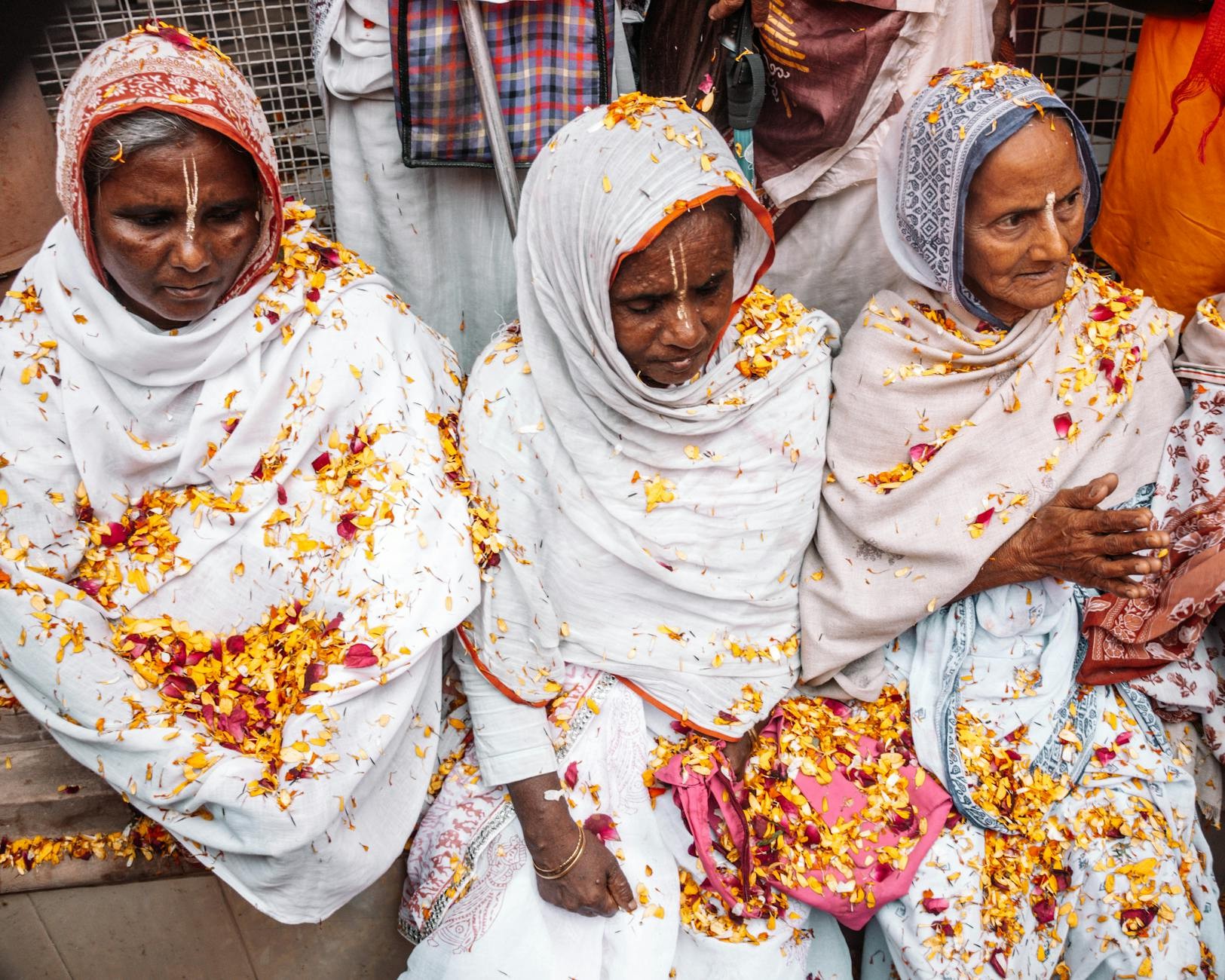
Influence on Indian culture and politics
Hindu is very popular religion due to its practices and philosophies. It is followed by a very large population and also hindu population is scattered in the world. Also globalization has made the hindu religion internationally popular. Hinduism has vast impact on culture and politics both.
Hinduism has such great mythological stories and messages that have led to inspire the political campaigns. These influence the political parties agendas and sometimes philosophy too.
| Aspect | Hindu Influence |
| Art | Dance, Music, Scriptures and paintings |
| Politics | Political parties and philosophy at national and regional level. |
| Social norms | Caste system that is now legal as it was misinterpreted |
| Festivals | Diwali, Holi, Dussaharra, Janmashthmi, Navratras |
.
Hindu diaspora and global communities
The Hindu diaspora has established vibrant communities worldwide, Hindu people have successfully preserved their cultural heritage while integrated into host societies. These communities:
![]() Establish temples, cultural centers and follow customs.
Establish temples, cultural centers and follow customs.
Celebrate all festivals and follow rituals.
Contribute to interfaith dialogue
Influence global perceptions of Hinduism and with technology, knowledge and information is spread across the borders.
Interfaith dialogue and relations
In the ever changing and interconnected world, Hindu people promoting
![]() Participating in global interfaith forums
Participating in global interfaith forums
environmental issues and care for nature.
Exploring common spiritual value.
Promoting Vegan and vegetarian life style that is least harmful.
Addressing misconceptions.
As Hinduism continues to evolve, It is a vital force in today’s world to contribute for care for nature, non-violence, mutual respect and peaceful co-existence.
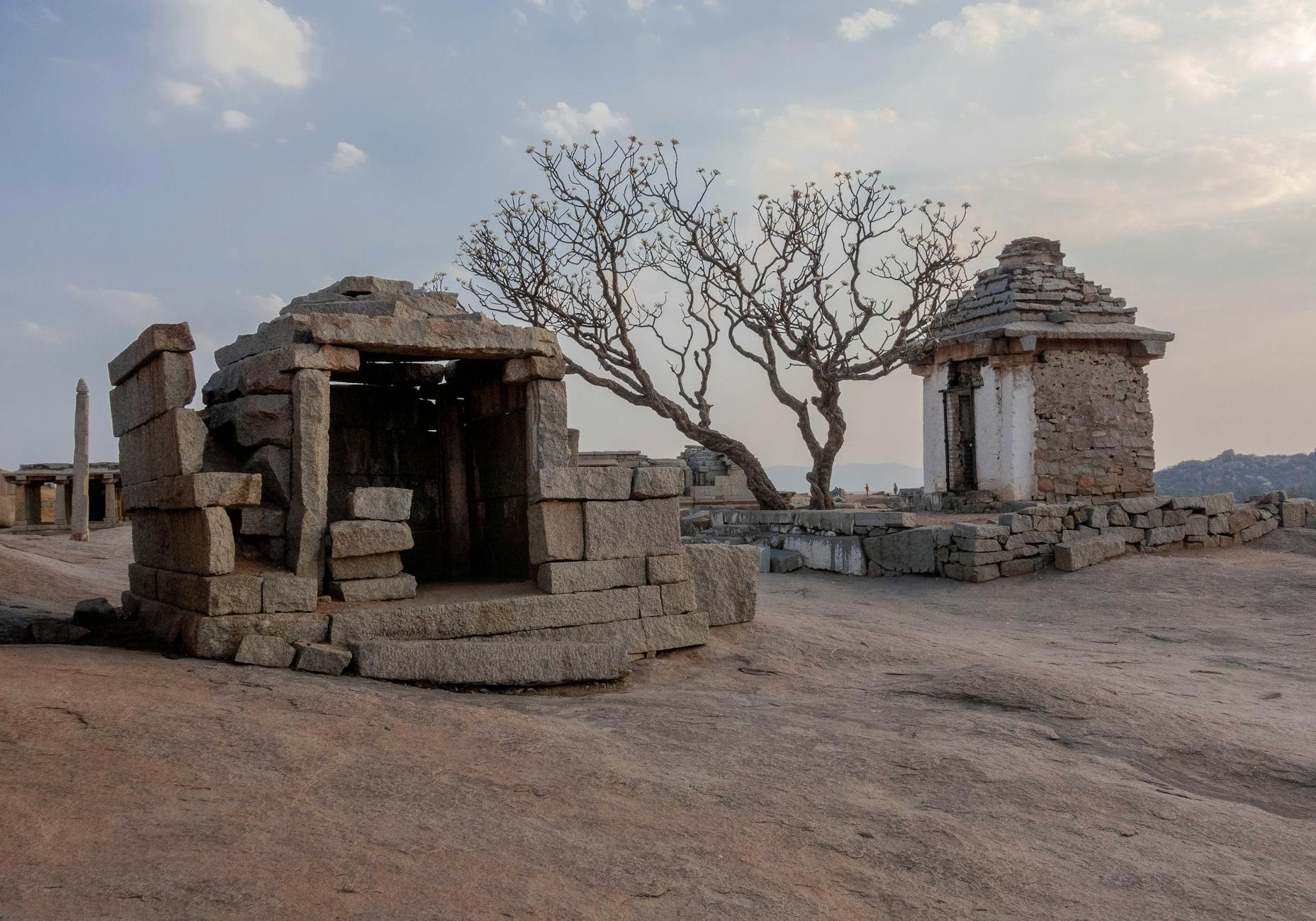
Hinduism’s rich tapestry of beliefs, practices teachings, mythology, traditions and philosophical aspects has shaped the spiritual landscape of millions for millennia. From its ancient origins to its contemporary relevance, Hinduism remains a source of light that guide the people for their way of life, relationships and spiritual journey. Through its diverse pantheon of deities, sacred texts, and rituals, Hindu relgion provides a multiple approach to understanding life’s deepest questions that one can have.
As we navigate an increasingly interconnected world, relevance of Hinduism become more and more valid. Need of teachings and philosophy of Hinduism stays intensed in the time of today. In today’s world where
People are stressed, depressed and surrounded by all social evils, they need meditation, yoga and such liberal philosophy too. Individuals from all backgrounds irrespective of their gender, relgion, geography and culture can find Hinduism or Sanatan dharma very relevant and cultivate a deeper sense of purpose, responsibility and spiritual growth even in their daily lives.
